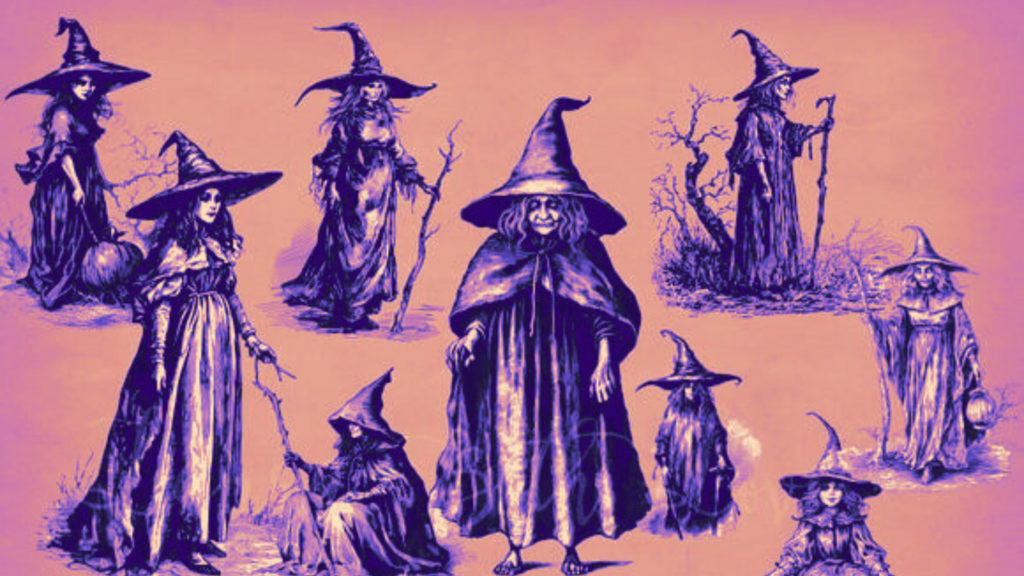
Witches are individuals who are often associated with the practice of witchcraft, a belief system and set of practices that vary widely across cultures and historical periods. The concept of witches and witchcraft has evolved and been interpreted differently over time. Here are some key aspects of witches and witchcraft:
- Historical Perceptions: In various historical contexts, especially in Europe during the late Middle Ages and the Early Modern period (16th to 18th centuries), witches were often depicted as individuals, primarily women, who were believed to have made pacts with the devil or evil spirits. They were accused of using magical spells and rituals to cause harm to others or to manipulate natural forces for their own benefit.
- Witch Hunts: The witch hunts of the Early Modern period in Europe, such as the infamous Salem witch trials in colonial Massachusetts, were episodes of mass hysteria during which many people, mostly women, were accused of witchcraft, leading to trials, torture, and executions. These events were often fueled by religious, social, and political factors.
- Modern Witchcraft: Contemporary witchcraft, often referred to as Wicca or Neopagan witchcraft, emerged in the 20th century as a revival and reconstruction of pre-Christian pagan traditions. Modern witches typically practice a form of nature-based spirituality, honoring the elements, the cycles of the moon, and other aspects of the natural world. They may also engage in rituals, spellwork, and the worship of deities.
- Witchcraft as a Craft: For some, witchcraft is seen as a craft or a form of folk magic that involves the use of herbs, crystals, divination, and other tools for purposes such as healing, protection, and personal growth. These practices are often non-religious and may have roots in traditional folk medicine and superstition.
- Gender and Stereotypes: Historically, witches were often associated with women, and the term “witch hunt” has been used metaphorically to describe persecution or discrimination against women. However, contemporary witchcraft is inclusive and welcomes practitioners of all genders.
- Pop Culture: Witches have been a popular subject in literature, folklore, and media. They are often portrayed in various ways, from the wicked witch in fairy tales to more positive and empowering representations in modern fiction and films.
It’s important to note that beliefs and practices associated with witches and witchcraft vary widely among individuals and communities. While some people may identify as witches and practice witchcraft as a religious or spiritual path, others may engage in similar practices as a form of personal empowerment, self-discovery, or cultural expression. Modern witchcraft often emphasizes a connection to nature, a reverence for the feminine, and a focus on personal growth and empowerment.
